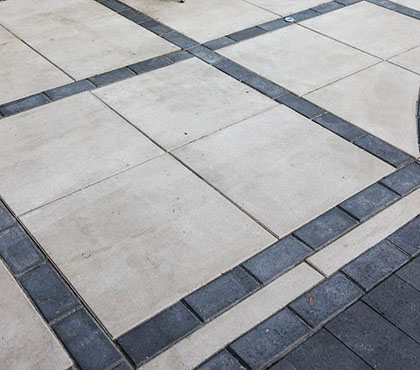
Patios Extencion
Concrete color blocks pavivers, for any patio extension, emphasizes the existing patio with a focus on continuity and aesthetic appeal.
Learn More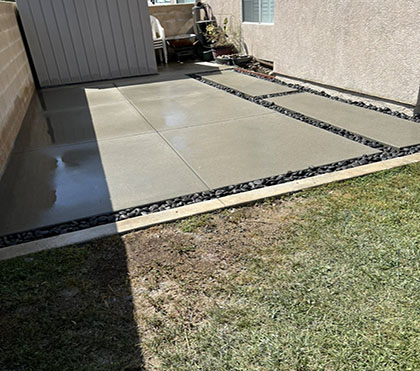
Design and Installation
Concrete patio slab design and installation concept, we want to focus on durability, functionality, and aesthetic appeal.
Learn More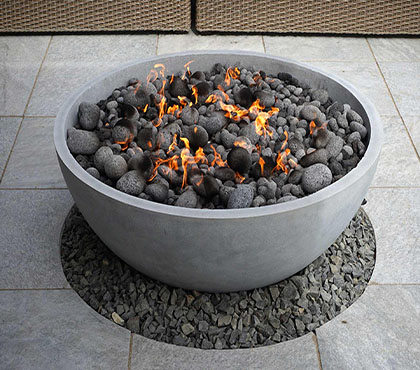
Spaces Installation
Outdoor space renovation concept, you might want to focus on creating a harmonious and functional environment and and Modern Comfort.
Learn More
Renovation and Update
When renovating and updating an outdoor kitchen, want want to focus on enhancing functionality, aesthetics, and incorporating modern design elements.
Learn More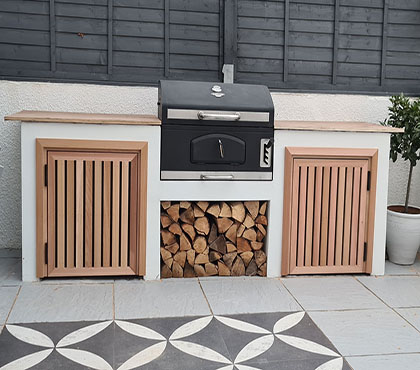
Outdoor Kitchen re-build
An outdoor kitchen rebuild, we always consider a design that combines functionality, durability, and a welcoming aesthetic.
Learn More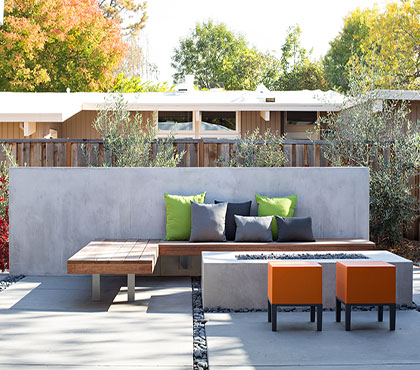
Construction Concept
Enhancing the concept of your outdoor patio, considering incorporating elements that emphasize durability, aesthetics, and sustainability.
Learn More
Frequently Asked
Questions
These services may be offered individually or as part of a comprehensive package, depending on the client's needs. The goal is to create functional, aesthetically pleasing, and well-planned spaces that meet the client's requirements and preferences. It's common for designers to work closely with clients from the initial design phase through project completion.
Choosing the right designer for your exterior design project is crucial to ensure that your vision is brought to life effectively. Remember that the right exterior and interior designer is not only skilled and experienced but also someone you can collaborate with effectively. Taking the time to research, meet with potential designers, and ask the right questions will help you make an informed decision that aligns with your project goals.
The cost of hiring an exterior or interior designer can vary widely based on several factors. These factors include the designer's level of experience, the scope and complexity of your project, your location, and the specific services you require. Here are some considerations that can influence the cost. Different types of design services may have different price structures. For example, a full-service interior design project that includes concept development, space planning, and procurement of furnishings will likely cost more than a consultation service. If the designer is involved in sourcing and purchasing materials, furnishings, and decor items for your project, the cost of these items will be included in the overall budget.
The duration of a construction project with a contractor can vary widely based on several factors. The complexity, scale, and type of project, as well as external factors like weather and regulatory approvals, can all influence the timeline. Larger and more complex projects typically take longer to complete. For example, building a custom home will generally take longer than remodeling a single room. The extent of work involved in the project, including architectural design, structural changes, electrical and plumbing work, and finishing details, will impact the timeline. For outdoor construction projects, adverse weather conditions can lead to delays. Extreme heat, cold, rain, or snow may affect the construction schedule. Projects that involve high levels of customization or intricate detailing may require more time for planning and execution. The type of contract (fixed-price, cost-plus, etc.) can influence the contractor's approach to the project and potentially affect the timeline.
The design process for a project with an exterior and interior designer typically involves several key stages. The specific steps may vary based on the designer and the nature of the project. Meet with the designers to discuss your vision, goals, and requirements for both the exterior and interior spaces. Collaboratively define the scope of work for both the exterior and interior aspects of the project. Discuss and establish a realistic budget for the entire project. Present preliminary design concepts for both the exterior and interior. This may include mood boards, sketches, and visual references. Gather client feedback and make necessary revisions to the design concepts. Develop the chosen concepts further, refining details, materials, and color palettes. Collaborate closely with the client to ensure the design aligns with their preferences. Present the final design concepts for both the exterior and interior spaces. Provide material samples, color swatches, and any other tangible representations of the design. Develop detailed construction drawings and plans for both the exterior and interior aspects of the project. Provide detailed specifications for materials, finishes, and any custom elements. Oversee the construction and installation phases for both the exterior and interior aspects. Lastly, coordinate the selection and placement of outdoor furniture and landscaping elements.
The level of involvement in the design process can vary based on your preferences, the scope of the project, and your trust in the design professionals. Clearly communicate your vision, goals, and priorities to the designers during the initial consultation. Your input at this stage sets the foundation for the entire design process. Decide how involved you want to be in the decision-making process. Some clients prefer to be actively involved in every design choice, while others trust the designer to make decisions based on the established vision. Discuss your preferred communication style with the designers. Establish how often you want updates, the preferred method of communication (e.g., in-person meetings, emails, phone calls), and your availability for discussions. Be actively involved in discussions about the budget. Clearly communicate your budget constraints and expectations, and collaborate with the designers to ensure the design aligns with your financial goals. Participate in the final walkthrough to ensure the completed project meets your expectations. Provide feedback and discuss any final adjustments or additions. Ultimately, your involvement should align with your comfort level and the complexity of the project. Clear communication with the design professionals is key to establishing expectations and ensuring a collaborative and successful design process. If you have specific preferences or concerns, communicate them early in the process to create a mutually beneficial working relationship.